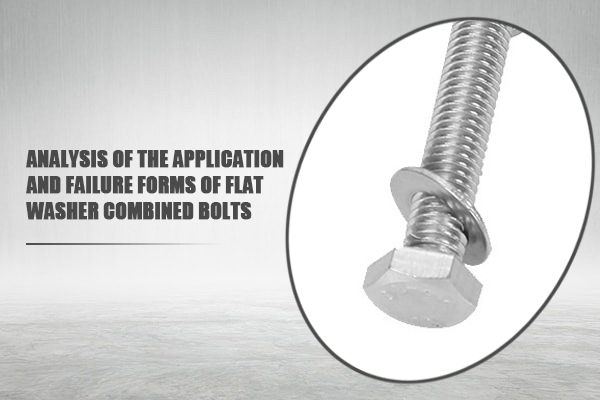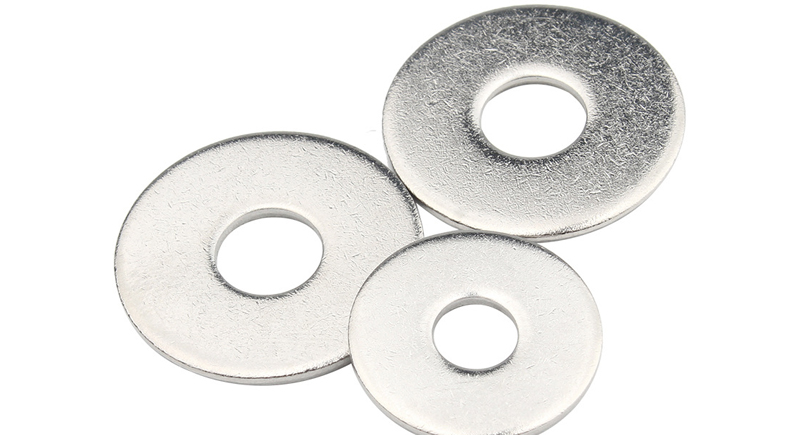VIDEO & CENTER

According to statistics, there are hundreds of types and thousands of fasteners used in a car. Among them, various types of flat washer combination screws are widely applied in automotive fasteners.

- Main functions of flat washers in assembly
(1) Provide a larger bearing surface
When the bearing surface of the bolt or nut is not large enough to fully cover the connected parts, the washer can provide a larger bearing surface;
(2) To reduce the pressure on the bearing surface or make it more uniform
When the bearing surface area is too small or the pressure on the bearing surface is too high, the washer can reduce the pressure on the bearing surface or make it more uniform.
(3) Stabilizing the friction coefficient of the supporting surface
When the flatness of the supporting surface of the connected parts is poor (such as stamped parts), it becomes sensitive to local contact-induced galling, thereby increasing the friction coefficient of the supporting surface. Gaskets can stabilize the friction coefficient of the supporting surface.
(4) Protecting the supporting surface
When tightening bolts or nuts, there is a risk of scratching the surface of the connected parts. Gaskets have the function of protecting the supporting surface.
- Failure forms of flat washer combination bolts
Failure form of flat washer combination bolts - Interference between the washer and the fillet under the bolt head
(1) Failure phenomenon
An important failure form of flat washer combination bolts in application is the interference between the washer and the fillet under the bolt head, which causes abnormal torque during assembly and poor rotation of the washer.
The most intuitive manifestation of the interference between the washer and the fillet under the bolt head is that there will be a significant gap between the washer and the supporting surface under the bolt head, which will cause the bolt and the washer to fail to fit properly during tightening.
(2) Failure cause
The main reason for the interference between the washer and the fillet under the bolt head in combination bolts is that the fillet under the bolt head is too large or the inner diameter of the washer is designed too small and unreasonable, resulting in interference after the combination of the bolt and the washer.
(3) Improvement measures
To reduce the risk of interference between the bolt and the washer after combination, the design of the bolt head can refer to the type U underhead concave design in the ISO 10644 standard. This can avoid interference problems caused by an overly large fillet under the bolt head or an overly small inner diameter of the washer.














